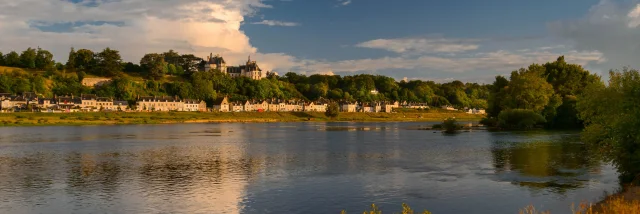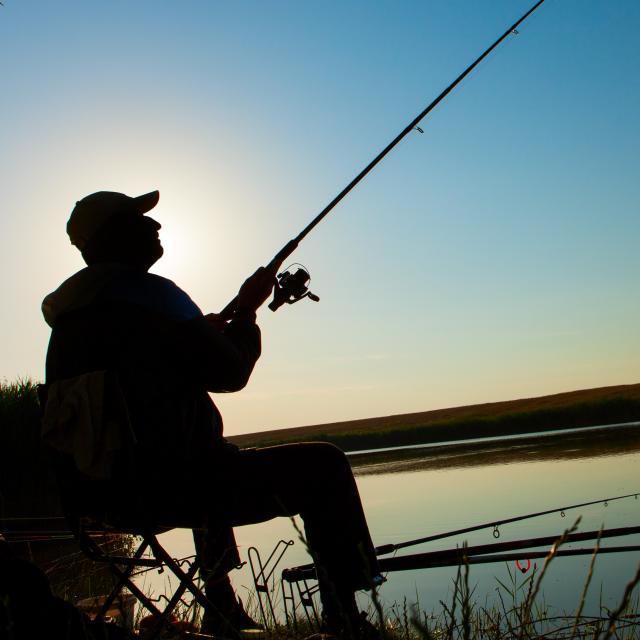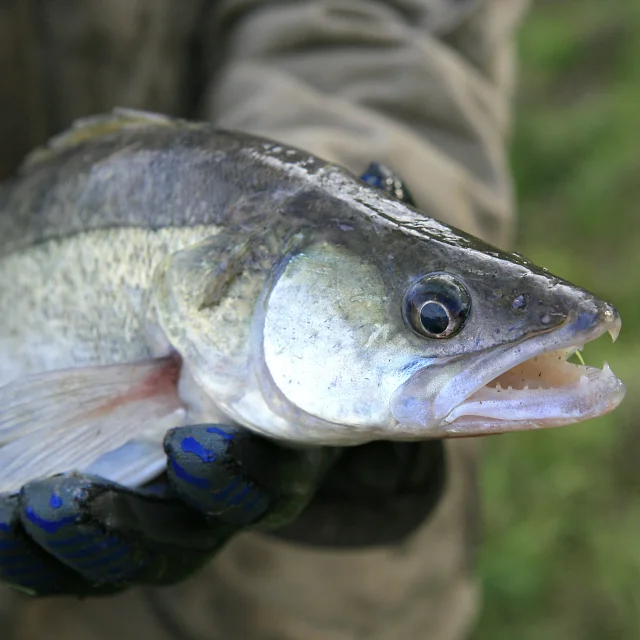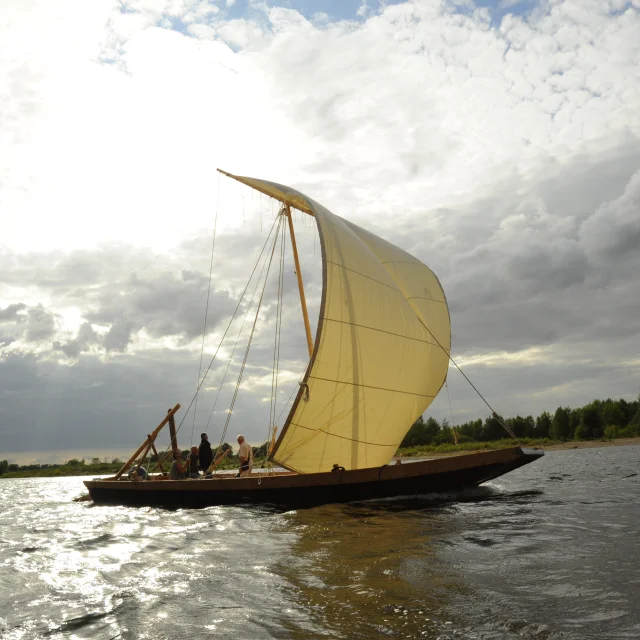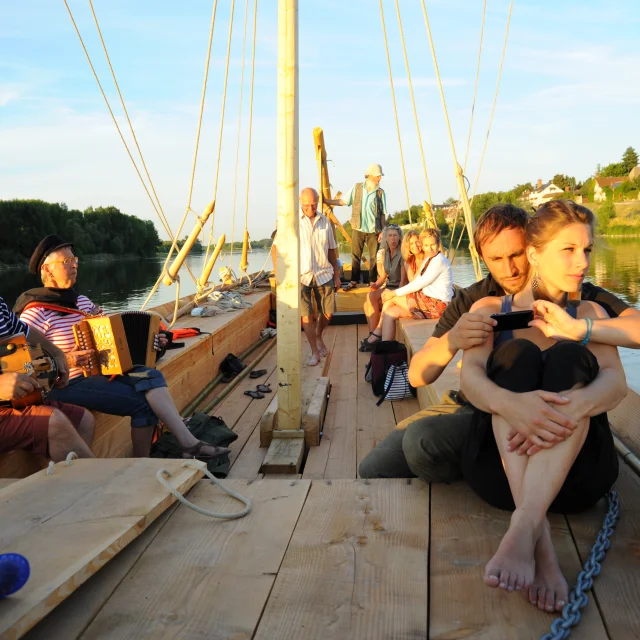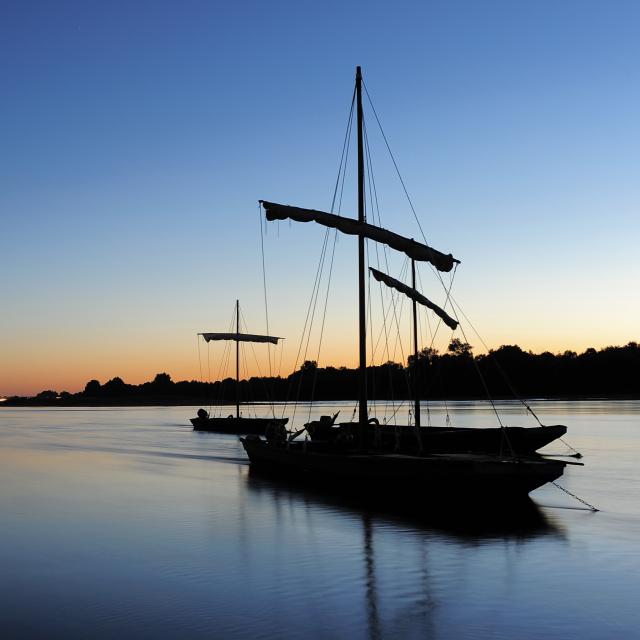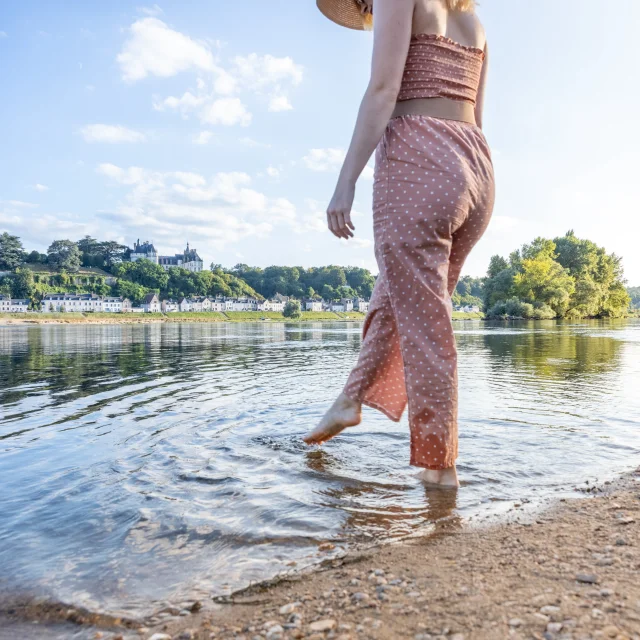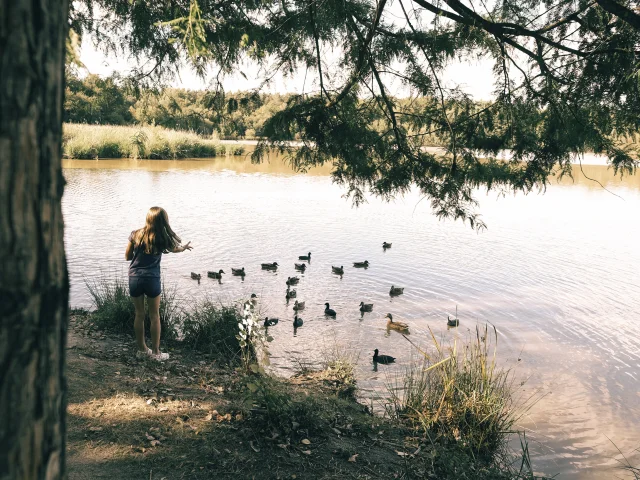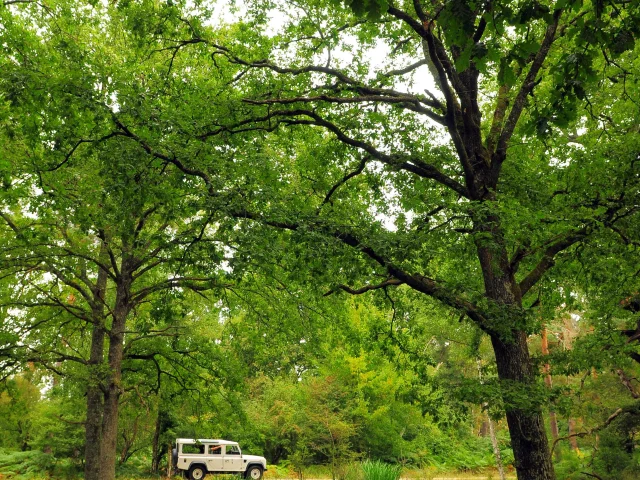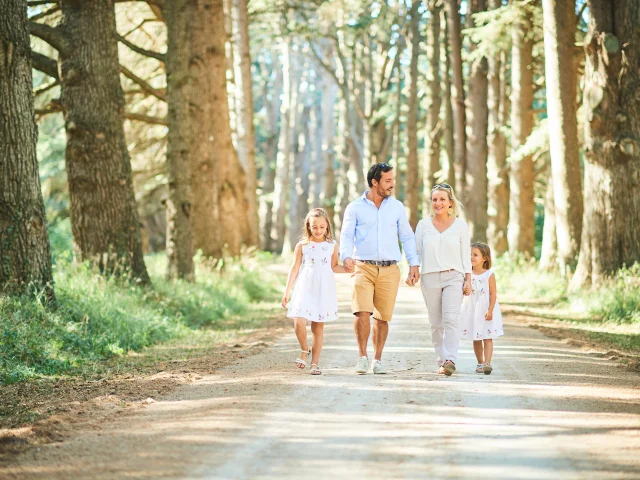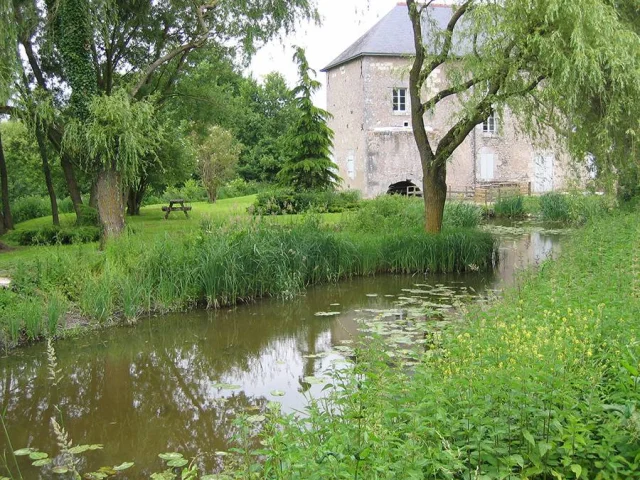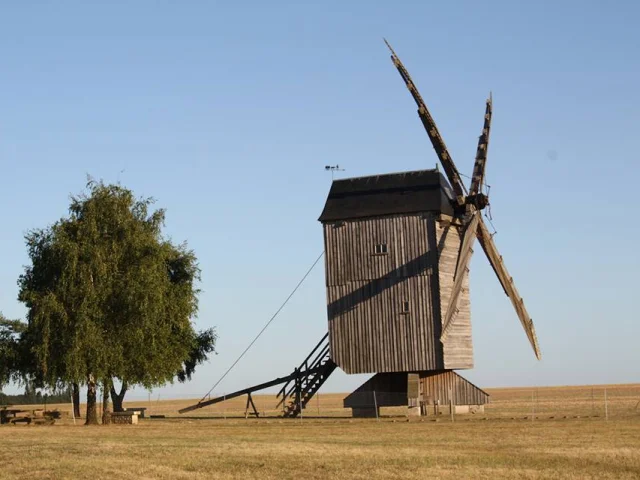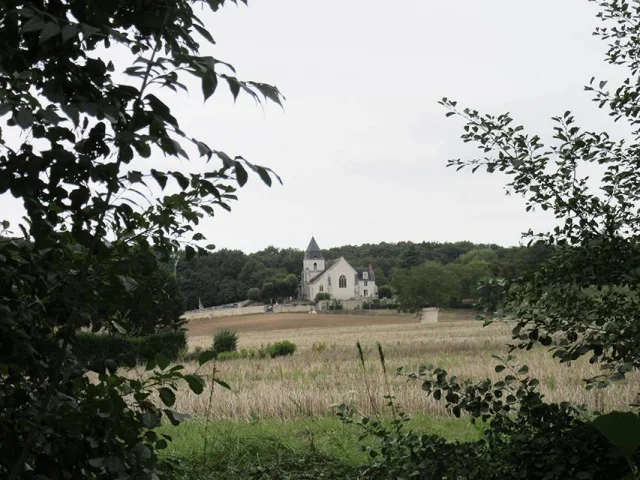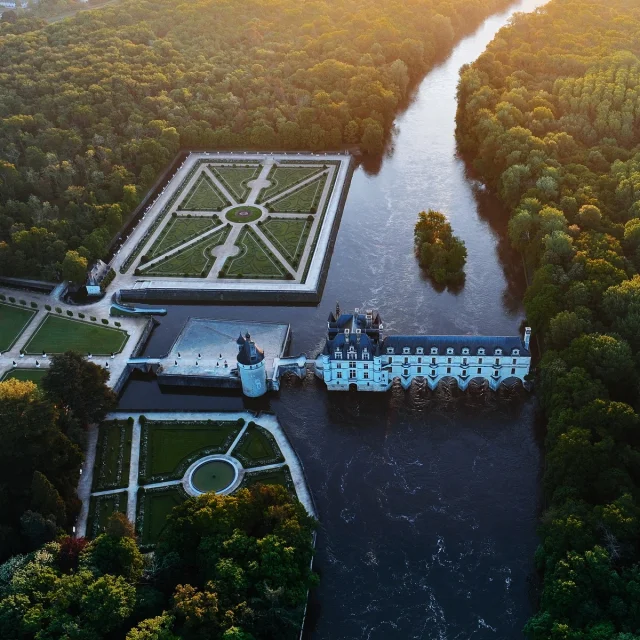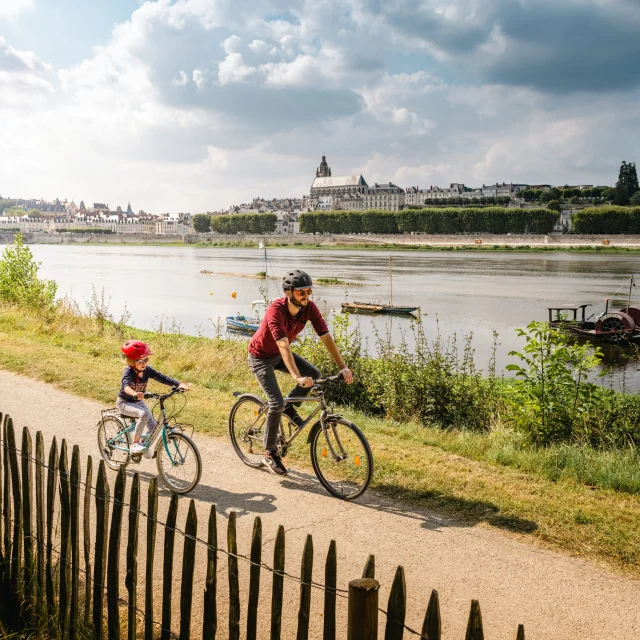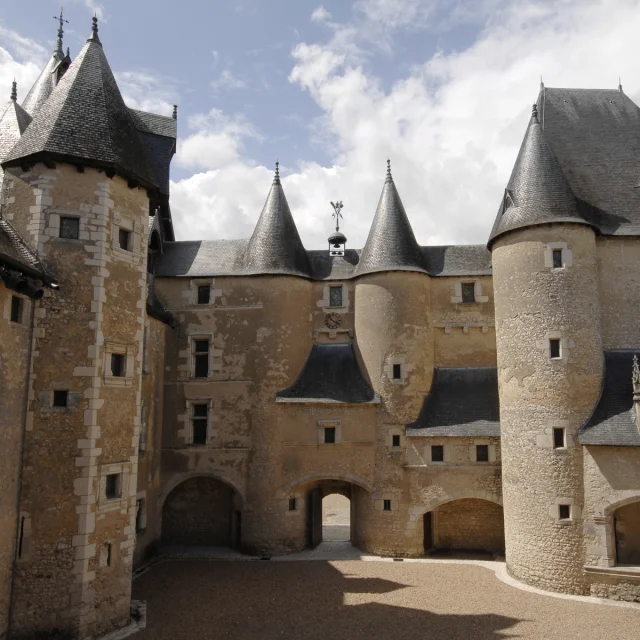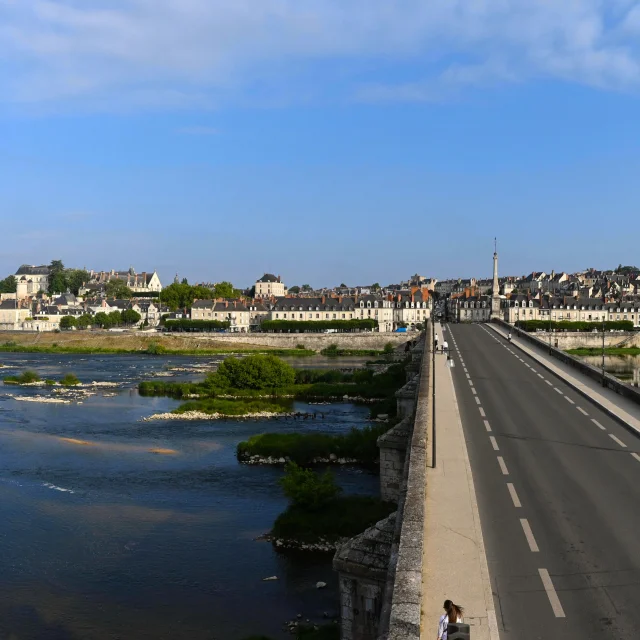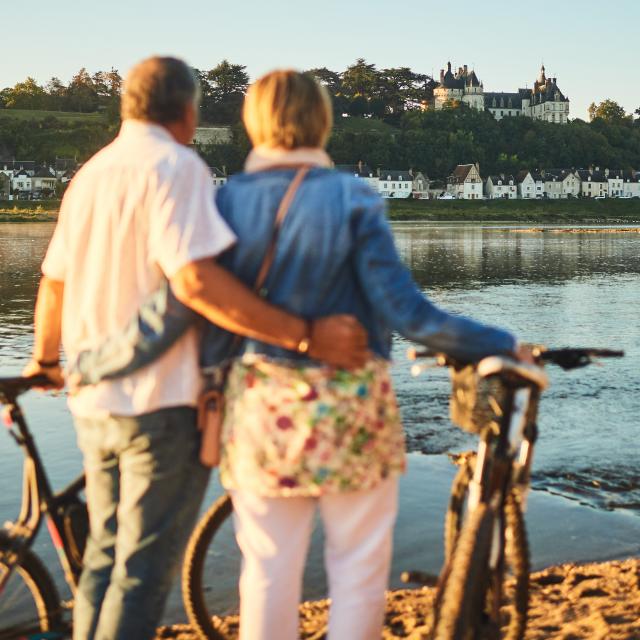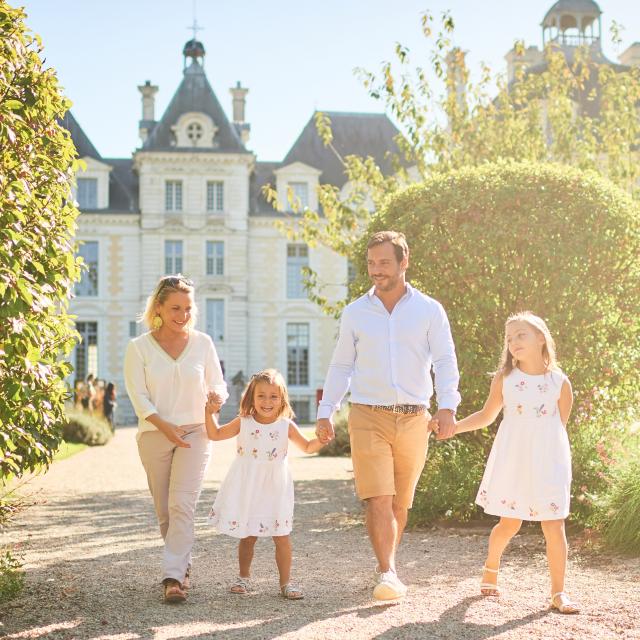Each of the three main rivers in the Loir-et-Cher département (41) constitutes a large landscape ensemble that can only be understood, by definition, by being integrated into the overall course of the waterway. It is these valleys that offer the most spectacular or “picturesque” landscapes in the department, opening up views thanks to the more vigorous relief, crystallizing part of the built heritage – castles, towns, villages and troglodytic constructions – offering sites that are often remarkable, and benefiting from varied ecological environments, where wetlands in the valley bottoms and dry hillside environments coexist;
In all, there are eight major landscapes in the Loir-et-Cher département: Sologne, Beauce, Perche, the confines of Touraine, the confines of Berry, the Loire Valley, the Loir Valley and the Cher Valley.
The Blois Chambord-Val de Loire destination covers 90 communes encompassing three of these landscapes: Loire Valley (Blésois), Beauce (northern Loire) and Sologne (southern Loire). Plus the astonishing Vallée de la Cisse to the north-west of Blois.
